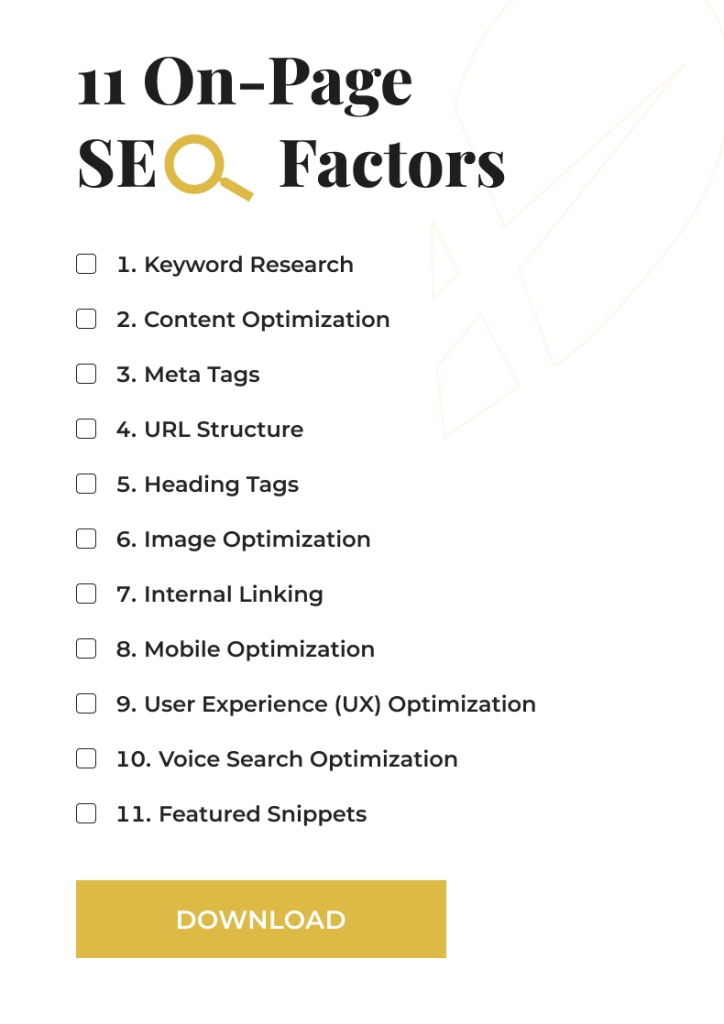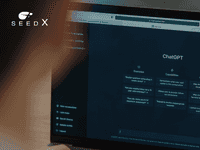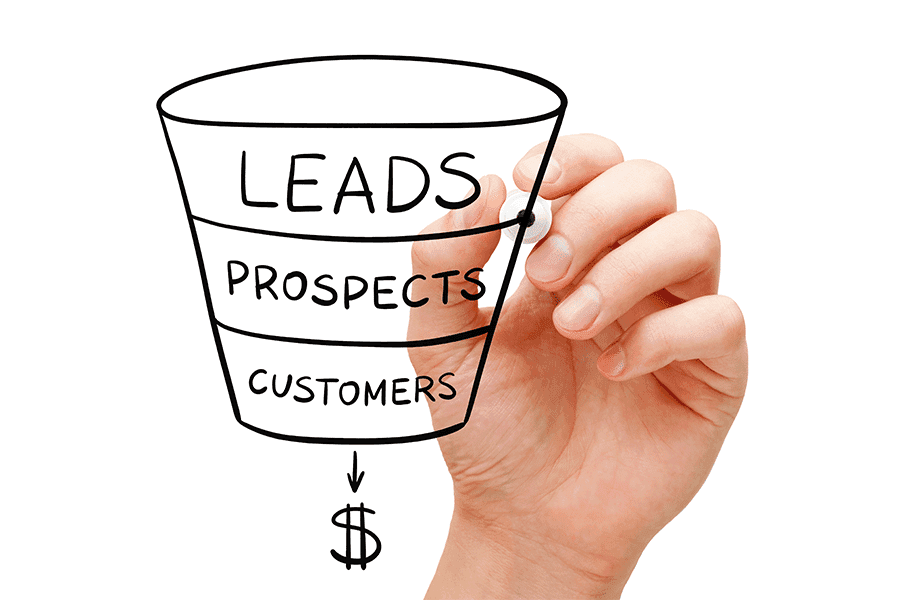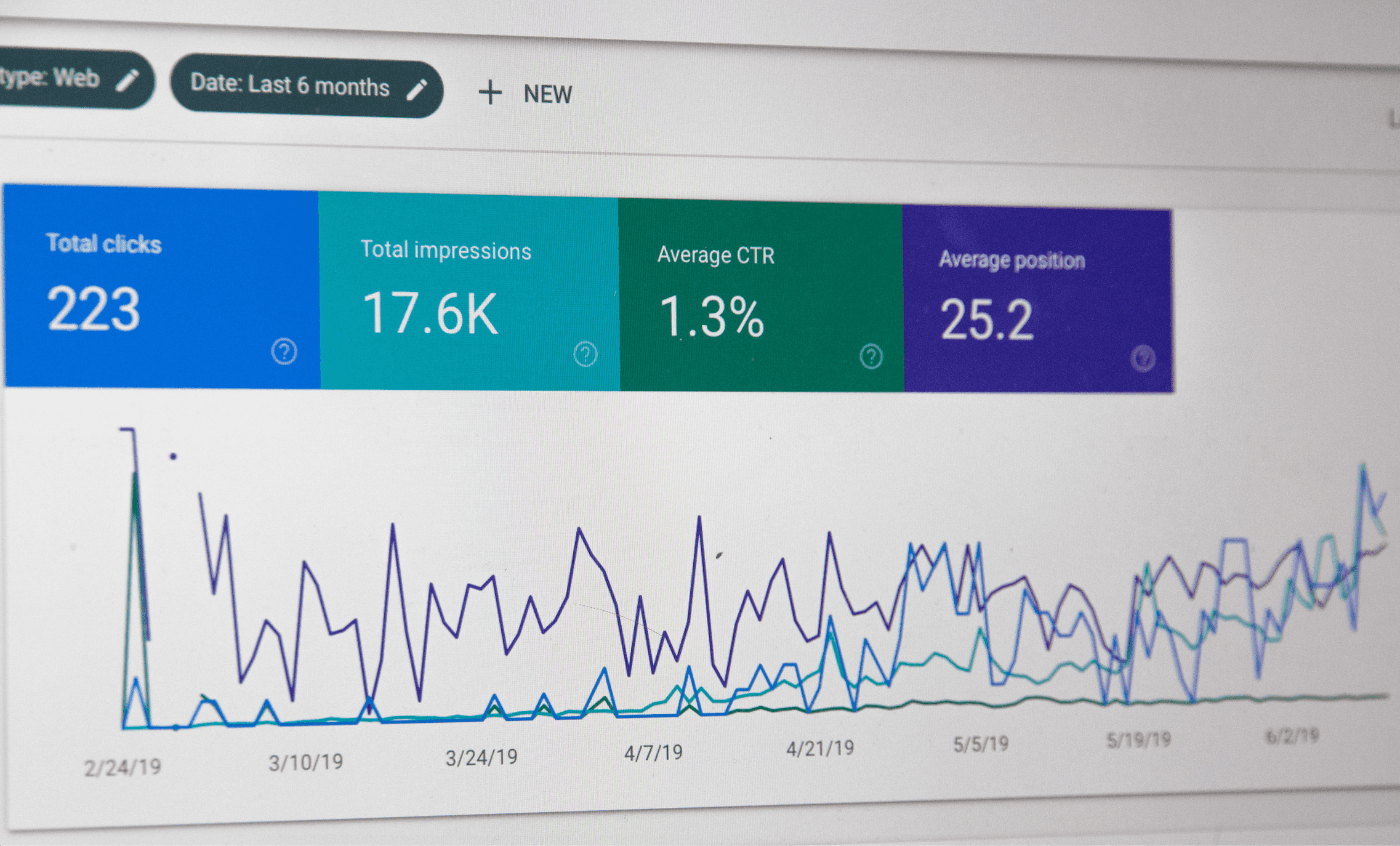On-Page SEO Checklist: Updated Best Practices for 2024

Are you trying to rank your pages higher on Google? As you may imagine, ranking a page on Google does not occur by a stroke of luck.
It takes a series of carefully implemented actions and optimizations that signal to Google that your page is a high-value page and is worthy of a high position on the search engine results page.
Before we go further, here is an on-page SEO checklist with everything you need to rank higher on Google. Make it your companion.
By implementing these on-page SEO strategies, you will improve your website’s visibility, organic traffic, and overall online presence.
Now that you have the checklist, let’s learn what is involved in every step.
Coming up:
Key On-Page SEO Factors You Should Consider in 2023
9. User Experience (UX) Optimization
Common On-Page SEO Mistakes to Avoid
What is On-Page SEO?

On-page SEO refers to the optimizations you make on a website page to make it more appealing to search engines and users. These optimizations are designed to help your page rank higher on the SERP for specific keywords. Common on-page optimization activities include optimizing metadata, title tags, content, internal links, and URLs.
Importance of On-Page SEO

In a time when Google algorithm updates are more common than ever, is on-page SEO still worth it in 2023? Heck yeah! Here are some reasons why you should consider optimizing your web pages.
1. It helps improve the search engine rankings of individual web pages and increases organic traffic.
2. It helps search engines understand the relevance and quality of web page content, which ultimately affects your website’s ranking.
3. It is also important because it tells Google about your website and how you provide value to customers and visitors.
Now, let’s discuss the elements of on-page SEO.
Key On-Page SEO Factors You Should Consider in 2023

1. Keyword Research
This is the cornerstone of web page optimization. This step will help you determine what keywords you want your page to rank for. If you get this step wrong, it will be incredibly difficult to rank on search engines as they won’t be able to tell what your page is about.
Google’s “How Search Works” report says,
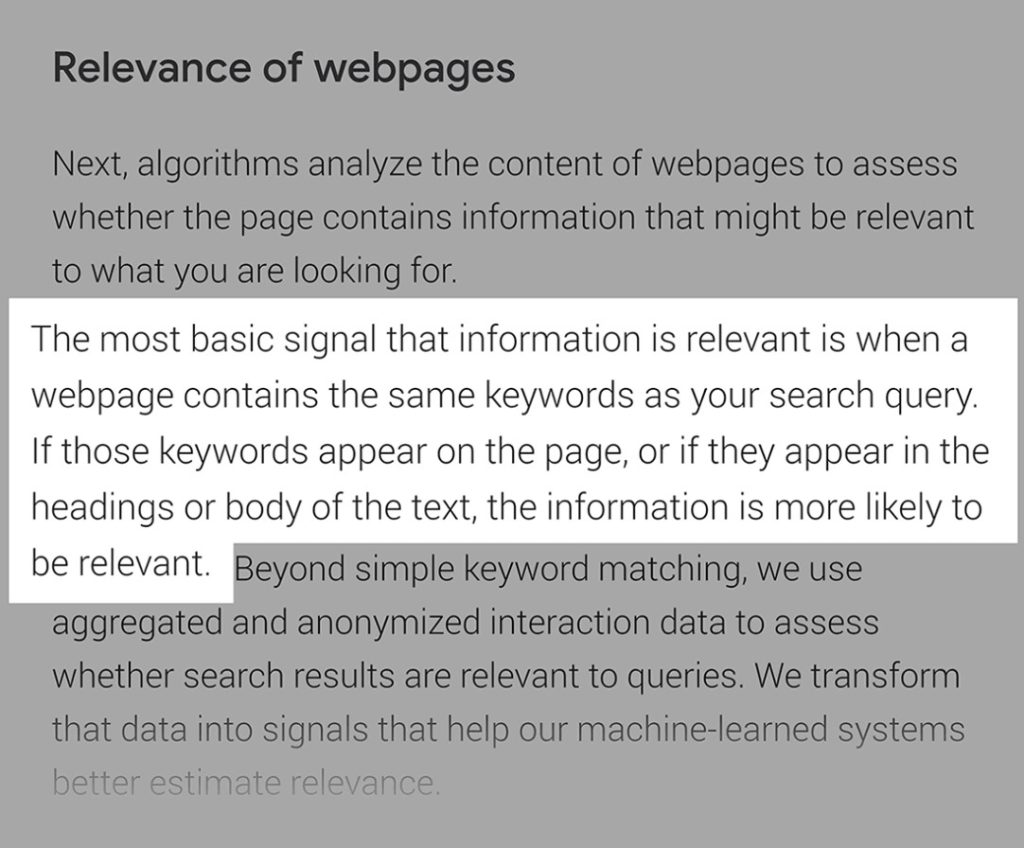
Before creating content for your web page, identify a relevant topic, theme, and keywords that potential website visitors use to find your page. You can use tools like Google Keyword Planner, SEMrush, or Ahrefs to conduct keyword research and identify relevant keywords.
When choosing keywords, prioritize long-tail keywords with high search volume and low competition. These will give you a better chance of ranking high on the search page.
Another important thing to consider when choosing keywords is the search intent. Simply meaning, why would people type that keyword in Google? Do they want to purchase, are they looking for information, or are they searching for navigational intent?
2. Content Optimization
Content optimization is the art of creating high-quality, informative, and engaging content that naturally incorporates target keywords. Here are four things you can do to optimize your content:
• Use the keywords from step one in your article. Add them naturally in the headings and text.
• Use descriptive and concise headings (H1, H2, H3, etc.). Using headings in your content will improve the hierarchy of your content and make it easy to read.
• Use bullet points (like we’re doing here) and numbered lists for clarity. Bullet points help break up text and make it readable.
• Ensure proper spacing, fonts, and colors for readability.
3. Meta Tags
Many people neglect meta-information because it is not considered a primary ranking factor, but it can do wonders for other metrics that factor into your ranking.
Meta tags, like title tags and meta descriptions, are user-facing and help to describe your content and entice users to click. This can increase your CTR and page views.

You see, thousands of impressions mean nothing if only a handful of people are actually clicking to view your page. So don’t neglect meta-tag optimization. Here are a few things you can do:
• Craft unique and descriptive meta titles and descriptions for each page.
• Include target keywords naturally and compellingly.
• Keep titles under 60 characters and descriptions under 160 characters.
• Ensure meta tags accurately reflect the content of the page.
• Focus on creating curiosity and encouraging clicks.
4. URL Structure
A few years ago, domains with exact keyword matches, like “petfood.com,” commanded more SEO authority until the end of 2012 when Google realized some exact-match domains were spam pages and made an algorithm update.
This update was meant to award quality exact-match domains and penalize spammy exact-match domains. That being said, there is still value in URL structure optimization, as Google still awards some SEO points for SEO-optimized domains and URLs.
Therefore, use descriptive and keyword-rich URLs that are easy for search engines and users to understand. For example, if your webpage is about “pet food in Austin,” you could make your URL domain.com/pet-food-shop-in-austin.
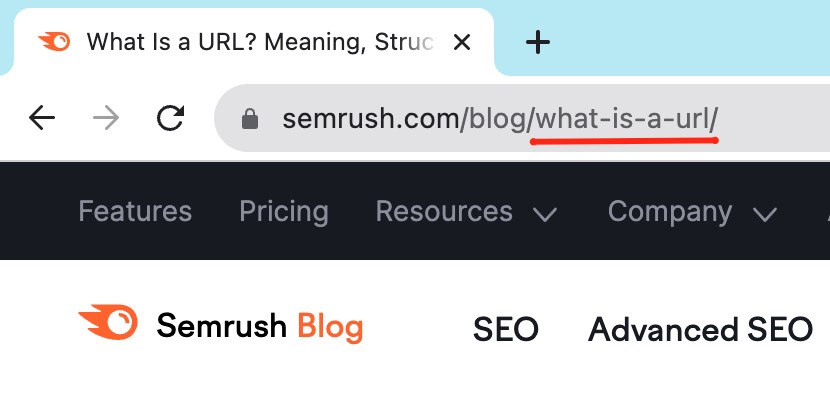
5. Heading Tags
Heading tags (H1, H2, H3, etc.) are important in breaking up text and creating different sections within a page. That aids in readability, which improves the user experience and helps Google better understand what your page is about.
More importantly, heading tags help Google determine the topical relevance of your web page. The search engine can easily classify each header in your content and assess its relevance to the overall topic.

Heading tags are a goldmine for keywords. Therefore, make sure you infuse keywords into all your header tags.
Another nice little trick we like is using questions that users might type into Google in header tags. For example, instead of using “On-Page SEO Meaning” as a header tag, we used “What is On-Page SEO?” because more people are likely to use the latter than the former.
6. Image Optimization
Here’s why you should optimize your images for SEO: Google has a search result tab dedicated to photos. If that’s not enough reason, Google prioritizes image results for more transactional keywords before web page results.

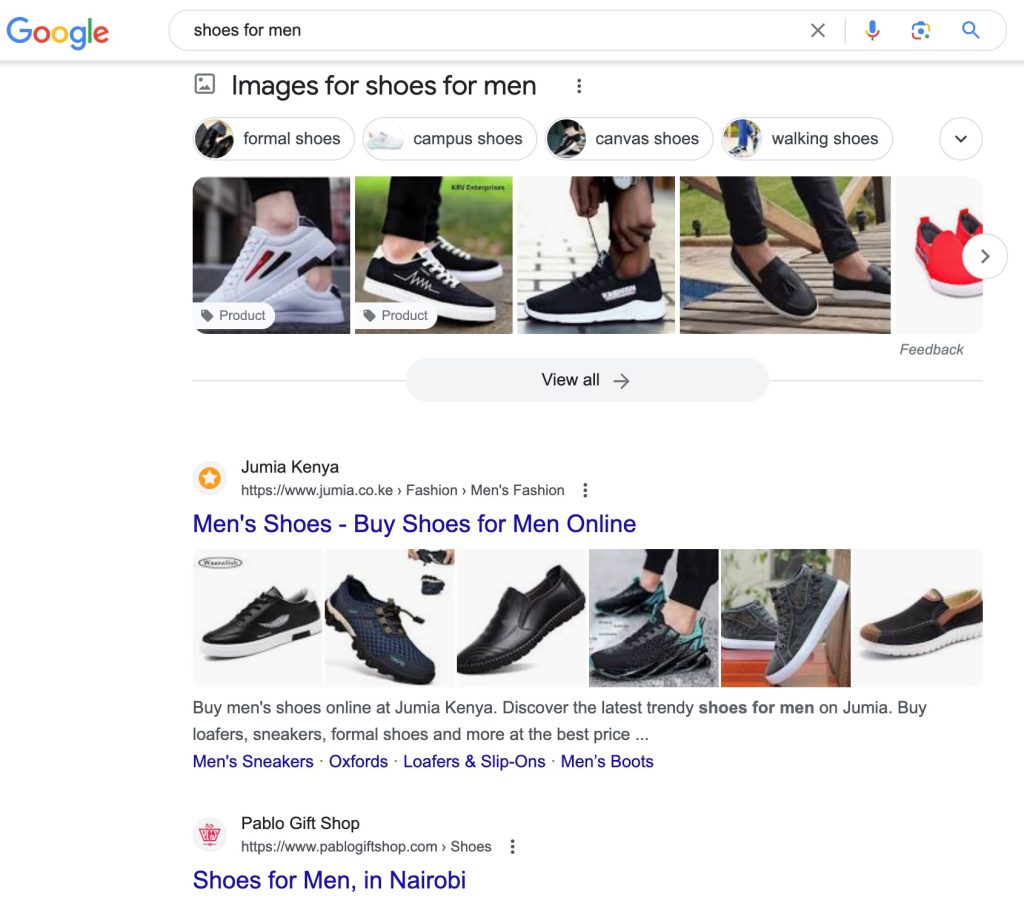
And if you optimize your images, you give your page a bigger chance of getting discovered through the image results.
How can you optimize your images for SEO?
• Use descriptive file names and alt text for images.
• Compress images to reduce file sizes without compromising quality.
• Utilize responsive images for different devices and screen sizes.
• Implement lazy loading to improve page load times.
7. Internal Linking
Internal linking is like a hidden magical potion that can help you increase the SEO value of your web pages quickly and reliably. Here’s how it works: if “Page A” has high SEO authority and ranks highly on search engines, when you internally link it to “Page B” and “Page C,” it shares SEO authority with those pages, signaling to Google that they are also high-value pages.
Creating a logical internal linking structure helps search engines discover and navigate your website’s content more easily and distribute SEO authority to other pages. You might wonder, “What if I submit a sitemap for my website to the search engine? Shouldn’t it be able to discover my web pages without internal links?” Theoretically, yes. Practically, no.
If you have hundreds or thousands of pages, Google has a limited crawl budget and might be unable to index your pages based on a site map alone. Internal linking can help you show Google how your website pages are interconnected and also help Google discover more pages using the crawl bot by following internal links.
Here are a few tips you can use to improve your internal links:
• Use relevant anchor text that provides context about the linked page.
• Link to related content to help users discover more information.
• Distribute internal links evenly throughout the content.
• Prioritize linking to high-value pages with authority.
8. Mobile Optimization
With ever-increasing mobile usage, optimizing all your web pages for mobile is essential. As of 2023, mobile internet traffic accounts for almost 60 percent of total web traffic. When you put this into the context of your business, it is highly likely that most of your website visitors use mobile devices instead of computers. Hence, the need for mobile optimization.
To increase your mobile indexing and user experience, ensure your website is mobile-friendly, loads quickly, and provides a great experience across different devices. Here are a few tips you can use as a starting point:
• Use responsive design to ensure your site adapts to different screen sizes.
• Optimize images and videos for mobile devices.
• Test your site’s mobile responsiveness regularly and make adjustments as needed.
9. User Experience (UX) Optimization
Google says, “Core Web Vitals are the key performance metrics that directly impact a user’s experience. They’re not the only factors affecting experience, but they act as guardrails to help you understand how users are interacting with your webpage.”
This shows how vital (pun not intended) UX optimization is. Google is prioritizing the experience that users have with their products, and the best way to keep your website ahead is by also making sure that your UX is user-friendly. A positive UX can help you improve website navigation, reduce bounce rates, and enhance time on page and engagement. These are all important metrics that search engines consider when ranking websites.
How can you achieve a great user experience?
• Optimize your website’s design, layout, and readability to make it visually appealing and easy to navigate.
• Focus on mobile responsiveness, easy navigation, and clear calls to action.
• Optimize for fast loading times and smooth interactions.
• Provide valuable, relevant content that meets user expectations.
10. Voice Search Optimization
Voice search is the next frontier of SEO, and to get ahead of the curve, we recommend that you start optimizing your content for voice assistants like Siri and Alexa. Use conversational language and natural language patterns in your writing to align with how people use voice search.
Another thing you can do to optimize for voice search is to use long-tail keywords in your content. For instance, people are more likely to ask Siri, “Where can I buy the best bagels in New York City?” than “Bagels in New York.”
11. Featured Snippets
A featured snippet, also known as Position Zero (P0), refers to the first Google search result that appears above organic SEO listings. The featured snippet directly answers the user’s question, and with the proper optimization, your page can appear as a featured snippet. It is extremely valuable as it can help increase your visibility and organic traffic.
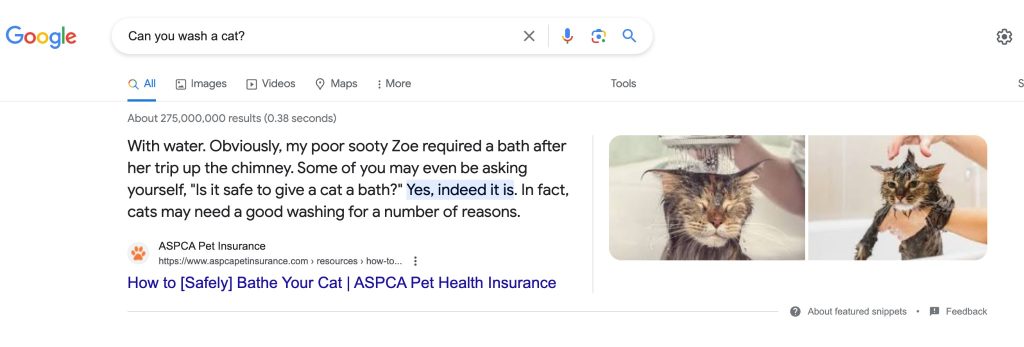
Here’s how you can optimize your content to appear as a featured snippet:
• Identify common questions in your niche.
• Provide concise answers with clear formatting.
• Use headers, lists, and tables to enhance readability.
• Include the question in a title and immediately follow with a well-structured response.
• Aim for content that’s informative and directly answers the query.
Common On-Page SEO Mistakes to Avoid

Here are five mistakes you should watch out for when implementing on-page SEO.
1. Keyword stuffing and over-optimization – Don’t over-optimize your webpage by stuffing keywords everywhere. That is so 2010s and can lead to search engines marketing your page as spam and lowering your SEO score.
2. Plagiarizing content from other sources – Watch out for copy-paste or slightly rewritten content, as Google can flag that. If you want to use someone else’s content within your page, credit them as the original source.
3. Ignoring mobile optimization – Don’t throw mobile optimization on the back burner. It is an excellent opportunity to capture more mobile users.
4. Neglecting user experience and page speed – How users interact with your website pages matters. If users are having negative experiences with your page, best believe Google will penalize you and lower your page ranking.
5. Neglecting to update and refresh old content – Google loves fresh and up-to-date content; if you look closely at the first page of search results, you’ll notice that Google mostly shows recently published pages. Here’s a rule we live by for our clients, “If it is over two years old, it needs an update.”
Conclusion

By implementing these on-page SEO strategies in 2023, you can improve your website’s visibility, attract organic traffic, and stay ahead of the competition. Remember to regularly monitor and analyze your website’s performance to identify areas for improvement and adapt your strategies accordingly. A well-optimized on-page SEO strategy can enhance your website’s search engine rankings and drive more targeted traffic.
Did you enjoy this blog? If so, consider subscribing to our newsletter, where we share more high-value marketing tips and tricks for e-commerce and B2B business.
FAQ:
1. Does SEO still work in 2023?
Yes, SEO (Search Engine Optimization) continues to be a critical and effective strategy in 2023. As search engines evolve, so do the SEO practices. By aligning your website with the latest on-page and off-page SEO best practices, you can enhance your online visibility, attract organic traffic, and achieve higher rankings on search engine results pages (SERPs).
2. What is the difference between on-page SEO and off-page SEO?
On-page SEO optimizes individual web pages to improve their search engine rankings. This includes optimizing content, meta tags, headers, images, and overall user experience directly on the page.
On the other hand, off-page SEO involves activities that impact your site’s visibility beyond its pages. This primarily includes link building, social media engagement, influencer outreach, and other strategies aimed at building your site’s authority and reputation across the web.
3.- What Tools and Resources Can Help with On-Page SEO?
• Keyword research tools (Google Keyword Planner, SEMrush, Ahrefs).
• SEO plugins (Yoast SEO, All in One SEO Pack for WordPress).
• Google Search Console for tracking performance.
• Page speed tools (Google PageSpeed Insights, GTmetrix).
4. Can On-Page SEO Alone Guarantee High Rankings?
While on-page SEO plays a pivotal role in improving your website’s search engine rankings, it’s important to note that a combination of factors influences high rankings. On-page SEO optimizes your web pages for search engines and user experience, which is essential. However, achieving consistently high rankings requires a holistic approach that also considers off-page SEO (backlinks, social signals), technical SEO (site structure, speed), and the overall authority of your domain. Balancing these aspects ensures the best chance of securing and maintaining top positions in search engine results pages (SERPs).
5. What Are the Latest Google Algorithm Updates and Their Impact on On-Page SEO?
In 2023, some recent algorithm updates include BERT (Bidirectional Encoder Representations from Transformers) and Core Web Vitals. BERT enhances Google’s understanding of natural language, affecting how content matches user intent. Core Web Vitals focuses on user experience, emphasizing page loading, interactivity, and visual stability. These updates underscore the need for high-quality, relevant content and excellent page performance.




